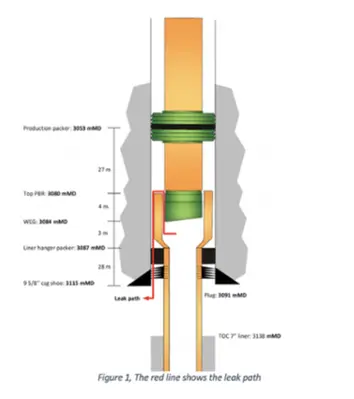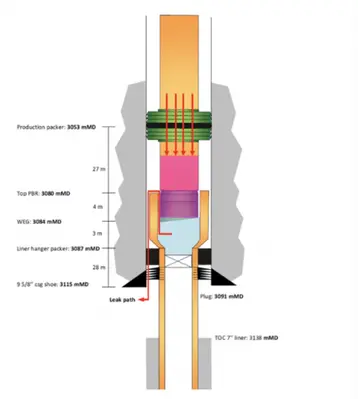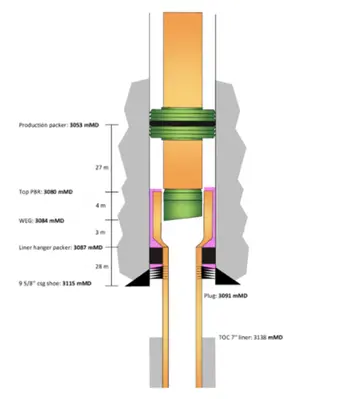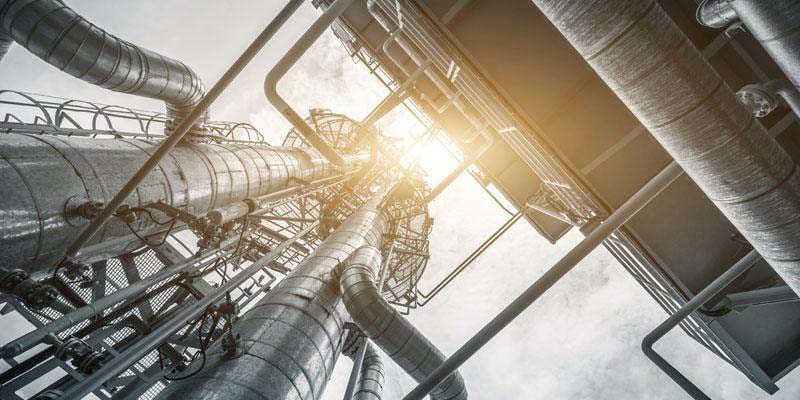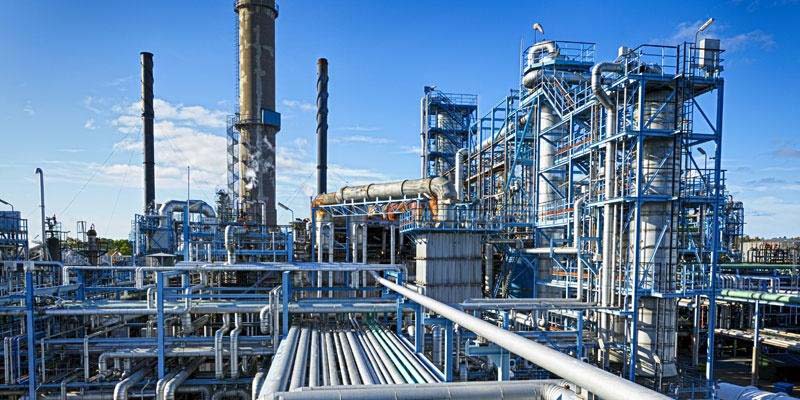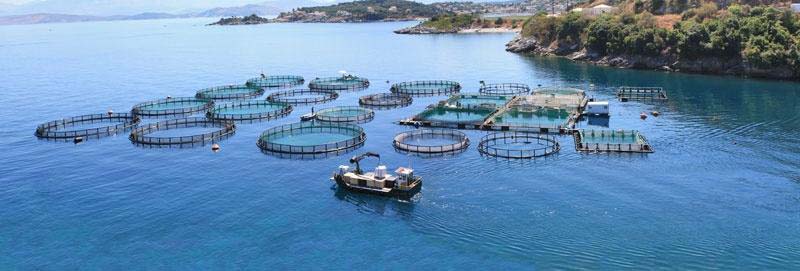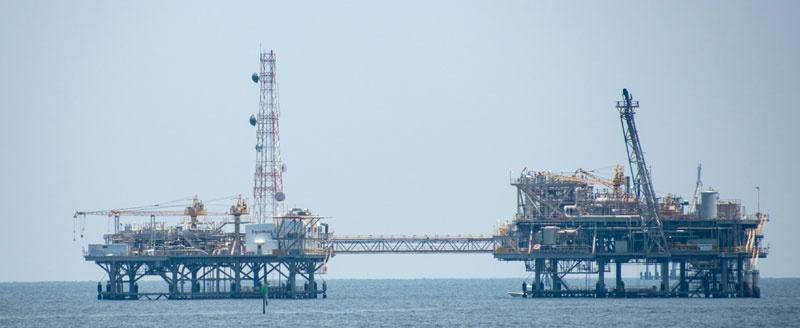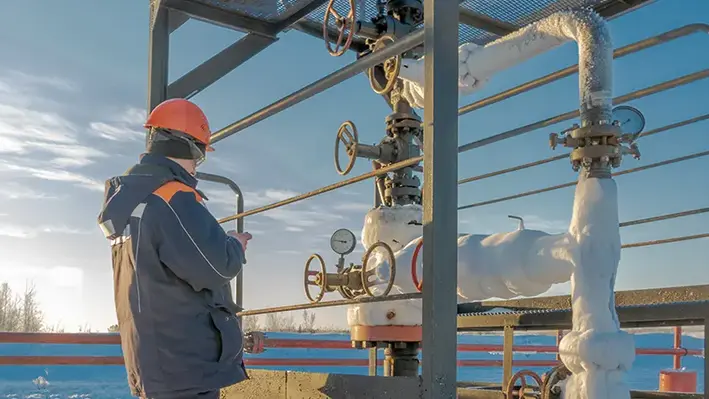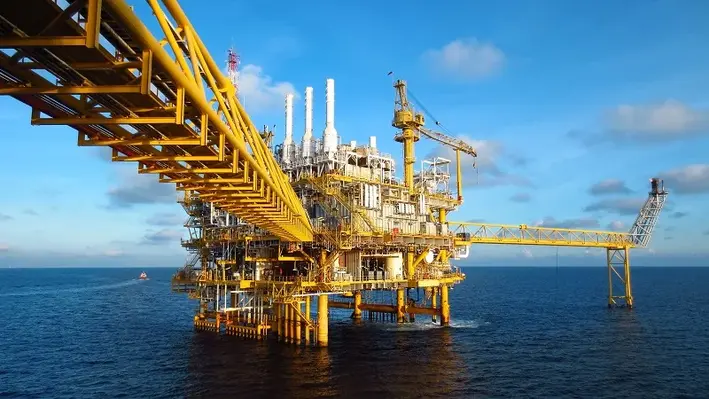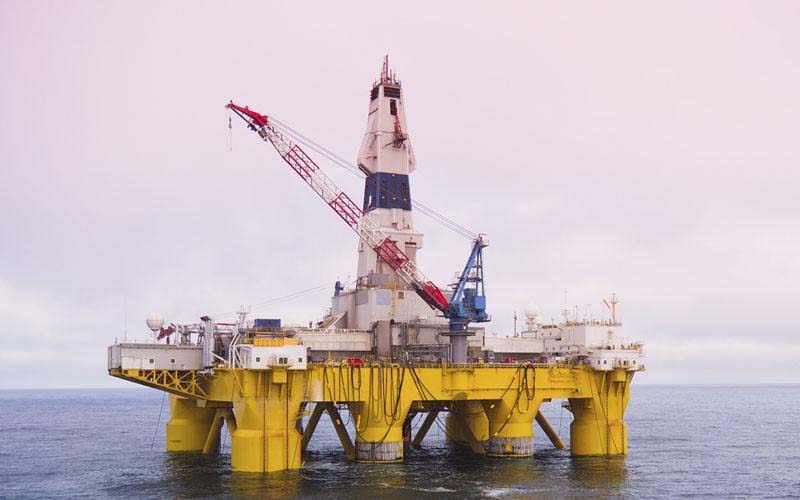
Well integrity (or leaks) have well safety and environmental aspects. You should also take aspects related to production, reputation and asset value into serious consideration.
WHAT IS WELL INTEGRITY?
Well Integrity may be defined as: “application of technical, operational and organizational solutions to reduce the risk of uncontrolled release of formation fluids throughout the life cycle of a well”
D-010 as well as other guidelines and standards, only set out the minimum requirements to a well in very general terms and at a very high level that is not always very helpful during an actual operation.
In this blog post I will share with you a checklist made to reduce well integrity problems.
TAKE NO SHORTCUTS IN THE PLANNING OF A WELL
The preferred way of doing things is planning and executing the construction of the well and particularly the primary cement jobs in an optimum way, rather than fixing things later.
Constructing a well is complicated and expensive business, it is often tempting to take some short-cuts at some stage that seems ok and insignificant but can lead to problems later in the life of the well.
Another important, but often forgotten aspect of planning is that although the plan is maybe good and well executed if somebody at a later stage suddenly wants to use the well differently, all the good planning and execution may be wasted.
CHECKLIST FOR PREVENTING PROBLEMS IN THE FIRST PLACE:
1. Risk analysis
When planning an operation, check if the operation has been done before on previous wells.
If it has, preferably several times, check if it was successful in all cases. If it was, check carefully if your operation has ANY factors different from the previous wells. Even factors you do not initially think could be important.
Any difference, list it and do a risk analysis (see point 4) on all possible ways that this change could lead to problems. Make sure you do not get the same problem again.
2. Money, time and quality
Even if you have a previously accepted and well-proven program, sometimes you want to, or maybe more often, you are told to find some ways to save money.
Now there are many ways to do that of course, but there is a strong link between money, time and quality: Changing any of these factors can easily, and most often will, affect the other two negatively.
Now this is not always a problem, since quality does not have to be better than “good enough.” Now when do you know it is “good enough”, see that is the challenge. And of course, anytime you change something from a well-proven and established system, you run the risk of unwanted/unexpected negative consequences.
Saving money is easy. But saving money without affecting quality in a significant way, is much harder.
3. Technical solutions
When selecting technical solutions, it is important to define the requirements for the well barrier to ensure the well integrity is maintained throughout the life of the well, and choose the right equipment specifications accordingly.
Often the reason for the leak is due to equipment in the well that is not designed for the conditions, or the conditions have changed, or the well is used differently from its original intended use.
Most will count the producing years as the life of a well, but really, we have made a vertical pathway that will be there for hundreds, if not, thousands of years. That should be considered both when constructing a well and when abandoning it.
If something new, it needs to have been tested and qualified according to good standards.
4. Identify and eliminate risks
If something has not been done before, a thorough risk analysis should always be done.
Failure modes, effects, and criticality analysis (FMECA) is a widely used method for system reliability assessment and there are plenty links on the internet on how to use this process.
Now just because a risk analysis has been done, doesn’t mean you are safe. Identifying any and all risks is very difficult, and it is the unknown unknowns that get you. Finding the unknown unknowns, are by definition impossible.
The only thing you can do is to be thorough and systematic. Get in touch with any and all people around you with experience and knowledge to help you list all the elements of the operation. For each element, make a list of the potential risk or what can possibly go wrong. That is the essential part of a risk analysis!
To eliminate a risk or mitigate it, is somewhat easy, but if you have not identified it, well… then you cannot do anything to eliminate or mitigate it.
5. People and equipment
Further on, many reasons for integrity issues arise from operational errors during construction or completion of the well.
These reasons have very much to do with proper planning, training, and execution per plan.
- People. It is essential that you have people in place that makes correct decisions on well integrity issues or aspects that relates to well integrity. They must be well and correctly trained for the job and the responsibility they have.
- Use equipment and methods that are established and approved by the company, or if lacking, in compliance with acceptable industry standards
6. Updated overview
Good visual schematic overview over all leak pathways and of barriers in place. Keeping this schematic visual and correctly updated at all time is essential.
George E. King presented a study for the United States Energy Association in November 2014 focusing on well integrity. You can watch the presentation on this link: Well integrity – Basics, Prevention, Monitoring, Red Flags & Repair options
Mr. King pointed out three important red flags looking into the future:
-
- There are very few well integrity failures that do not show signs of their approach
- Corrosion possibly creates more damage than all other failures combined
- To predict future problems – take a look at the past
-
- What era of technology was the well built in?
- What level of maintenance has the asset received?
- Who is responsible?
If you manage to keep on track with these bits of advice, you will have a good chance of keeping your well tight and safe for many years to come.



